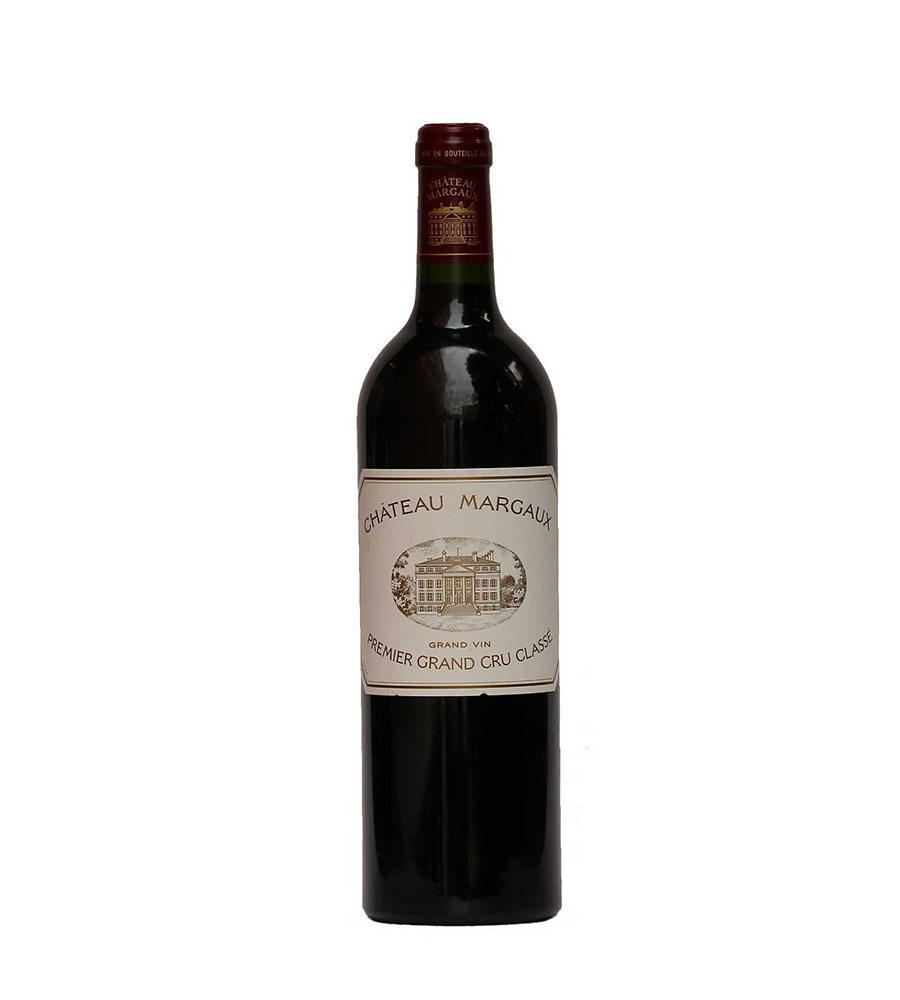Château Margaux
After a relatively dry 2016, the first months of 2017 brought the necessary precipitation to keep the water table balanced. Winter temperatures were not particularly cold. The vines sprouted around 4 April, but we were not careful enough with spring temperatures and a frost on the nights of 27 and 28 April served as a reminder that, above all, winegrowers are dependent on nature. The choice location of the vineyard plots allowed limited frost damage: only 10% of the red vines were affected. In the whole growing cycle, only the last week of June saw heavy rainfall. The vines had already flowered between 25 and 30 May in the most favourable conditions for efficient and homogeneous pollination. The summer of 2017 was hot and very dry during July and August. Light precipitation in early September was the only thing that disrupted the opportunity to produce a great vintage.
Allergens information
Contains sulphites.
SKU: 105905


